AI-Powered
Experience the power of AI with ChatGPT as your virtual coding assistant, providing real-time guidance, personalized learning recommendations, and code suggestions to enhance your learning journey.
Experience the power of AI with ChatGPT as your virtual coding assistant, providing real-time guidance, personalized learning recommendations, and code suggestions to enhance your learning journey.
Access a comprehensive range of lessons, tutorials, and interactive content to acquire the foundational knowledge of various programming languages, web development concepts, and coding principles.
Apply your newfound knowledge through hands-on coding projects, working on real-world scenarios to develop practical skills and gain experience in creating websites, applications, and more.
Engage with a vibrant community of learners, industry professionals, and mentors through forums, discussions, and collaborative projects, fostering connections, sharing knowledge, and inspiring growth in your coding journey.
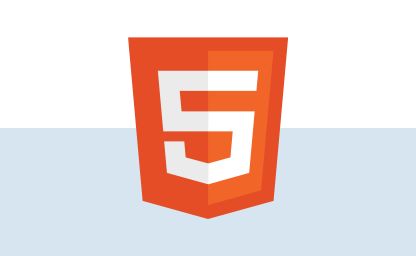
HTML (Hypertext Markup Language) is the standard markup language for creating webpages. It provides a set of tags that structure and organize content, such as headings, paragraphs, lists, and images. HTML is the foundation of every webpage and is essential for building and designing websites with proper structure and formatting.
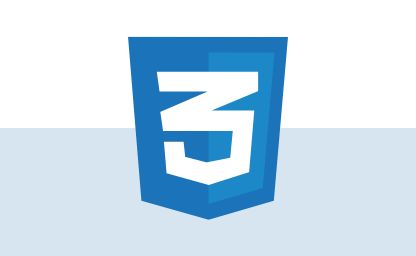
CSS (Cascading Style Sheets) is a language used to style and enhance the visual presentation of webpages. It allows you to control the layout, colors, fonts, and other design aspects of HTML elements, making your website visually appealing and engaging. CSS is an essential tool for web designers and developers to create captivating user experiences.
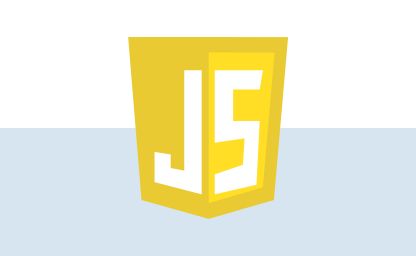
JavaScript is a dynamic programming language used to make webpages interactive. It allows developers to create engaging user experiences, handle user interactions, and manipulate webpage content in real-time. JavaScript is an essential component of modern web development, powering interactive features and enhancing the functionality of websites.
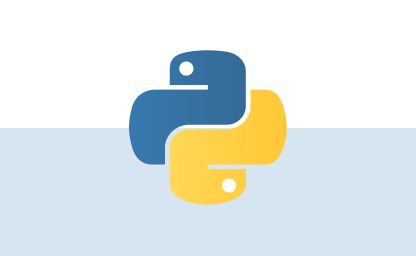
Python is a widely used and versatile programming language known for its simplicity and effectiveness. It's favored by developers for web development, data analysis, AI, and more. With its concise syntax and extensive libraries, Python enables efficient coding and rapid development across various domains.
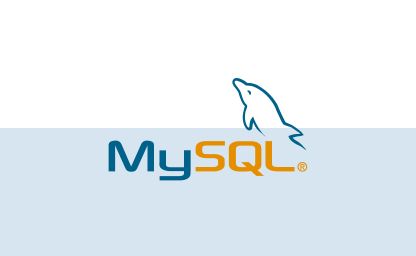
SQL (Structured Query Language) is a programming language for relational databases. It lets users retrieve, add, update, and delete data. SQL is crucial in web development, data analysis, and business intelligence. It's a must-know for data professionals and anyone using databases.
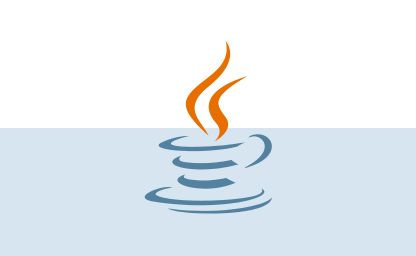
Java is a versatile and widely-used programming language for building diverse applications. Its platform independence and extensive libraries make it popular for developing reliable and scalable solutions. With its object-oriented approach, Java simplifies development and promotes code reuse.
 Photo by Procreator UX Design Studio on Unsplash
Photo by Procreator UX Design Studio on Unsplash
Front-End Development
Front-End Frameworks
Back-End Development
Databases and Data Management
Version Control
Deployment and DevOps
Security and Authentication
Testing and Debugging
Continuous Learning
Remember that this roadmap is just a general guideline, and the actual path may vary based on your interests and specific goals. It's important to continuously adapt and learn, as the field of full stack development is constantly evolving. Good luck on your journey to becoming a full stack developer!
Generated content powered by ChatGPT, an AI language model developed by OpenAI. Source: OpenAI